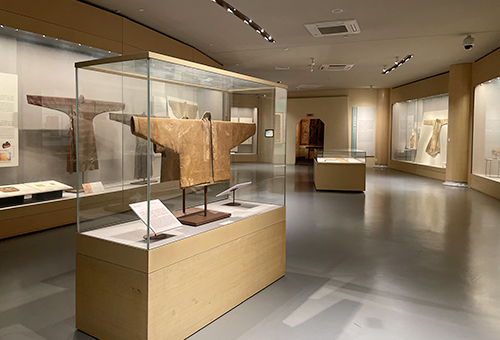Augmented Reality (AR) technology, especially wearable devices represented by AR glass, is rapidly evolving and gradually penetrating every aspect of our daily lives.AR glass, as a transparent display technology, can superimpose digital information into the user's field of view in real-time, bringing innovative applications in various fields such as education, healthcare, industry, and entertainment. However, despite its enormous potential, AR glass faces a series of technical and market challenges on the road to widespread adoption. This article explores the innovative applications and challenges faced by AR glass and how it may change our future.
Innovative Applications of AR Glass
Education and Training In the education sector, AR glass can create dynamic and interactive learning environments. Students can experience historical events, science experiments, and even space exploration through AR, and these experiences increase the interest and effectiveness of learning through visuals and interactivity. Medical students can use AR glass to perform virtual dissections without the need for real cadavers or biological samples, making learning more intuitive and efficient.
Healthcare Doctors and healthcare professionals can use AR glass to view real-time data and 3D imaging of a patient while performing surgery, improving the accuracy and success of procedures. Additionally, AR glass can be used for remote collaboration, bringing experts from around the world together for surgical or diagnostic procedures.
Industry & Design Engineers and designers can use AR Glass to view and manipulate 3D models in the real world, increasing design efficiency and reducing errors. On the production line, workers can use AR Glass to get instant operational guidance and production data, improving productivity and product quality.
Retail & Marketing Retailers and marketers can use AR glass to provide customers with virtual fittings or product demonstrations, increasing consumer shopping experience and satisfaction. For example, companies in the furniture and décor industry can use AR glass to allow customers to see how furniture will look in their own homes.
Gaming and Entertainment AR glass opens up new possibilities for the gaming and entertainment industry. Players can interact with virtual characters in the real world and enjoy a more immersive and realistic gaming experience. At the same time, AR films and shows will provide audiences with a viewing experience.

Challenges faced
Technical Limitations Currently, hardware devices for AR glass still face several technical limitations, including the resolution of the display, field of view, battery life, and the lightness of the device. These technical challenges need to be overcome to achieve widespread adoption.
User Experience User experience is key to the success of AR Glass. Current challenges include how to reduce eyestrain, improve user interface and interaction design, and handle the integration of real-world and virtual information in a way that is natural and unobtrusive.
Privacy and Security As AR Glass becomes more popular, privacy and security issues will become more prominent. How to protect users' data from being misused or illegally accessed, and how to ensure the security of virtual information are issues that need to be addressed.
Legal and Ethical Legal and ethical issues are also an important aspect of AR Glass development. For example, issues regarding copyright of AR content, norms of user behavior, and the definition of responsibility between the virtual and the real all require legal and ethical guidance.
MARKET ACCEPTANCE Despite the enormous potential of AR glass, its market acceptance is still uncertain. Pricing, consumer habits, and cultural acceptance may affect the marketing of AR glass.
Future Outlook
The future development of AR glass technology is full of endless possibilities. As technology advances and the market matures, we can foresee a smarter and more connected world in which AR Glass will play a central role in various fields. Education will be more vivid and personalized, healthcare will be more accurate and efficient, industry will be smarter and more automated, and entertainment will be more immersive and interactive. However, to realize these bright prospects, we need to overcome current technological challenges, address privacy and security concerns, and advance legal and ethical developments on a global scale.
AR glass technology represents the future trend of human-computer interaction, which provides us with a richer and more convenient real world. With the maturity of the technology and the expansion of applications, AR glass is expected to play a greater role in education, healthcare, industry, entertainment, and other fields. Although there are still some technical and market challenges, with deeper research and technological advances, AR glass has the potential to be the next milestone in changing the way we live our daily lives.






